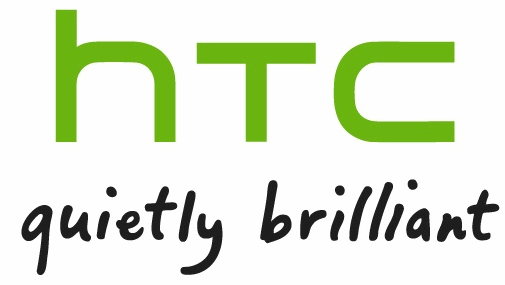One of the first apps I went to check out when I opened my Nexus S was the new Google Maps 5, but sadly it was not pre-installed on the device. Thankfully the update just hit the Android Market and now anyone can play with it (although some new features are limited to devices with Android 2.0+).
Surprisingly, the update to Maps version 5 is not showing up on my Nexus S, but I was able to download it on a T-Mobile G2. The 3D maps look awesome, but they still load kind of slow (even over WiFi) and you can see sections of buildings pop-up just like you could see map tiles load.
The new map caching is supposed to reduce the amount of data that is transferred by the app and I did notice a big speed improvement when just scrolling and zooming around the map. The transitions are much smoother when zooming in and I like that you can now rotate the view by twisting your fingers.
Overall it’s a pretty slick update, but I want to play with it some more. There is supposed to be offline navigation that I want to test and I also want to see how it performs on the Nexus S if I can get it to load.
Android 1.6+ devices can get Maps 5.0, but 3D and offline features require Android 2.0+, and some features may not be supported for all devices or countries.. If you try it out on your phone, be sure to let us know how it works.
Fully-supported devices:
The following devices support panning, zooming, tilting, and rotating gestures :
- Samsung Nexus S
- Samsung Galaxy S
- Motorola Droid
- Motorola Droid 2
- Motorola Droid X
- HTC Incredible
- HTC EVO 4G
- HTC G2
Partially-supported devices:
The following devices support panning, zooming, and tilting gestures only :
- HTC Desire
- Sony Ericsson X10
- LG Ally
- HTC Nexus One
Note: This list of devices may be incomplete and may change in the future as new Android phones are available for purchase.
Recently changed in this version:
- Tilting: Drag down with two fingers to tilt the map. Tilt while zoomed in on one of the 100+ cities around the world with 3D buildings to see a skyline spring to life.
- Rotating: Twist with two fingers to rotate the map. After tilting to see 3D buildings, rotate around them to gain a new perspective from any direction.
- Smooth zooming: Slide two fingers together or apart, and see the map and labels continuously scale to any zoom level, stopping when your fingers stop.
- Compass mode: Center the map on your location, and then tap the compass button in the top right corner. The map will flip into 3D mode and start rotating to match your perspective, while still keeping all the labels upright and readable.
Via androidandme.com












